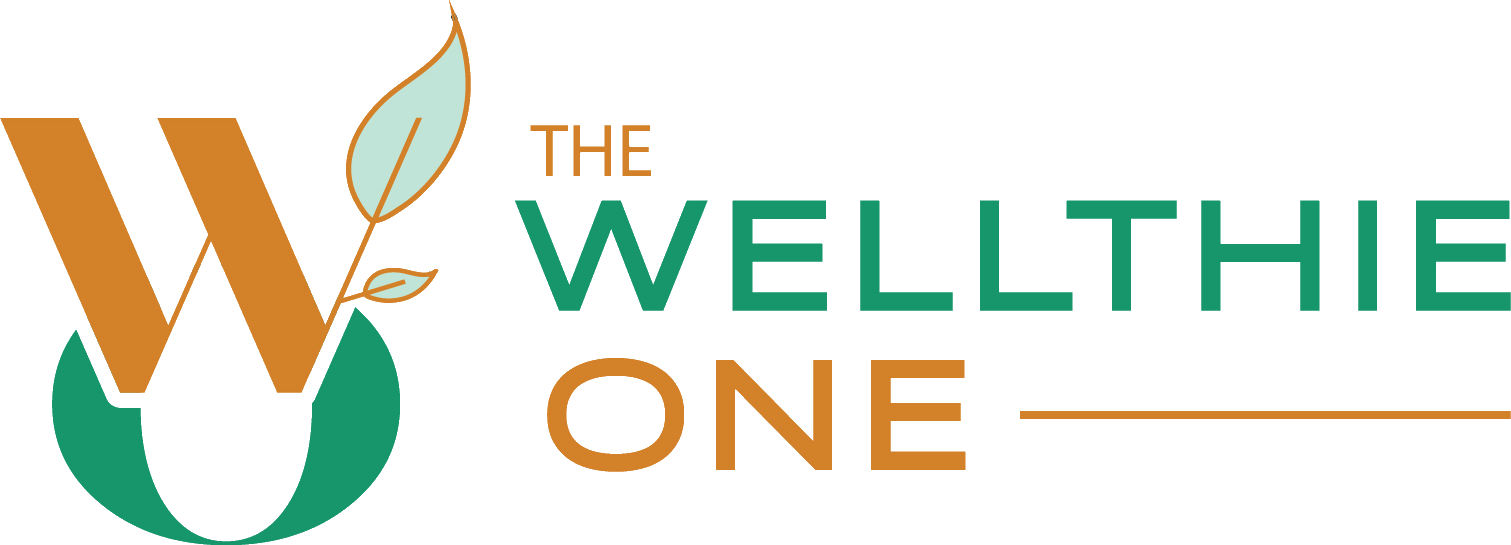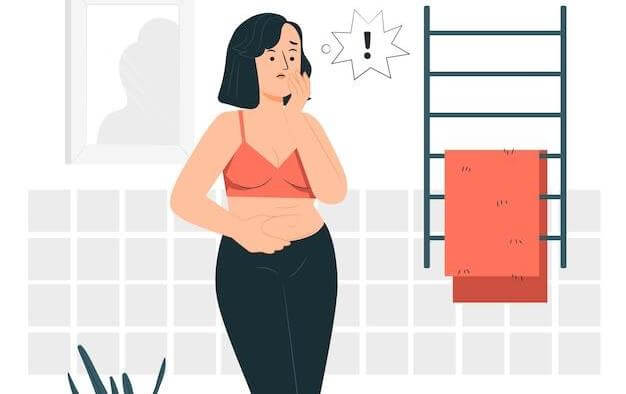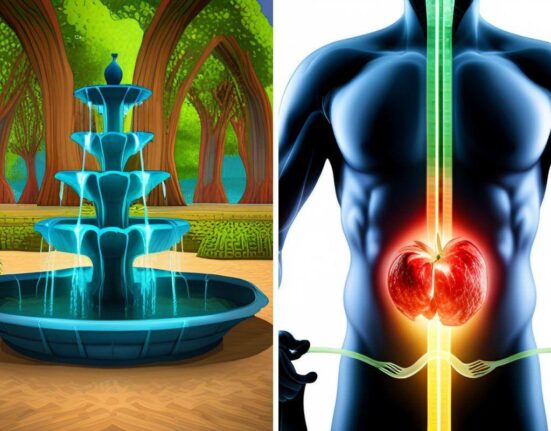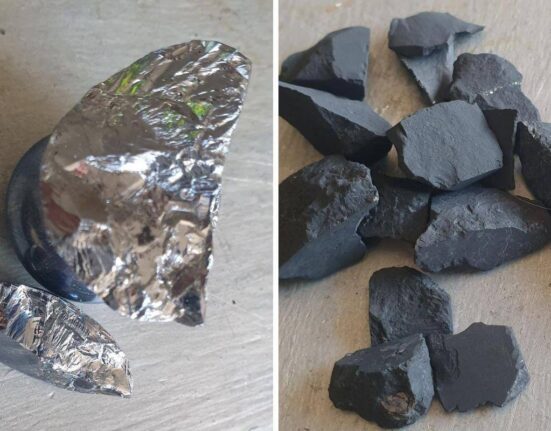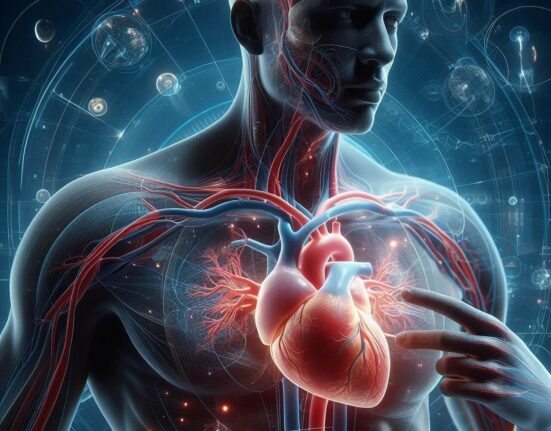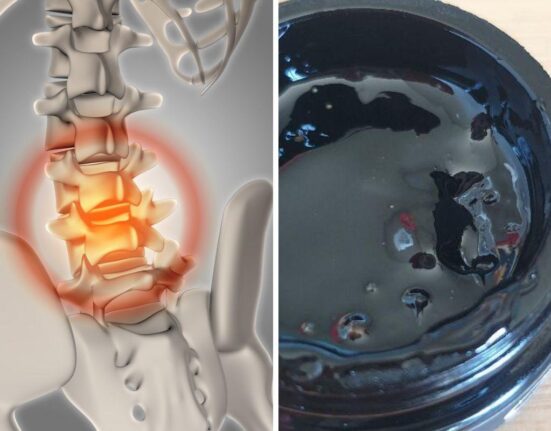You may have never heard of xenoestrogens before, but they’re hiding in plain sight all around you. These hormone disruptors are commonly found in pesticides, plastics, and even food packaging, and they have the ability to mimic natural estrogens in the human body, leading to a variety of health issues.
Studies have shown that men with high exposure to xenoestrogens can develop breast tissue, while women may experience irregular menstrual cycles, weight gain, and other related symptoms.
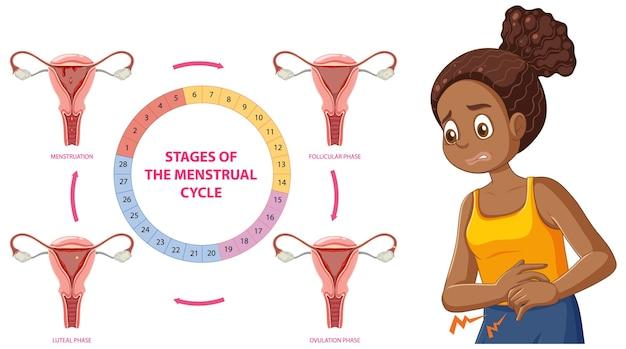
Furthermore, xenoestrogens have been linked to various cancers, reproductive issues, and developmental problems.
One study conducted by the Endocrine Society found that prenatal exposure to certain xenoestrogens can lead to the early onset of puberty in girls, which has been associated with an increased risk for breast cancer later in life.
Another study published in Environmental Health Perspectives found that phthalates, a common type of xenoestrogen found in many personal care products, can disrupt thyroid function and lead to weight gain.
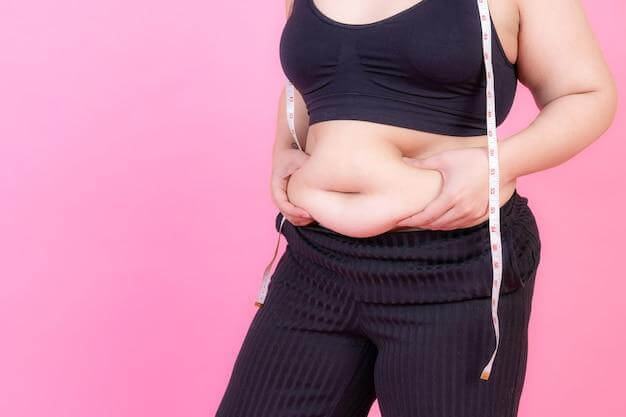
It’s clear that the prevalence of xenoestrogens in our daily lives is cause for concern. By understanding where these hormone disruptors are found and taking steps to reduce exposure, we can protect ourselves and our families from potential health risks.
What is a xenoestrogen?
Simply put, it’s a foreign substance that imitates the effects of estrogen in our bodies. These substances come from a variety of sources, including pesticides, plastics, and personal care products. They can even be found in our food and water supplies.
What is a xenoestrogen made of?
The scientific composition of a xenoestrogen can vary, as it is a broad term used to describe any synthetic or naturally-occurring compound that mimics estrogen in the body.
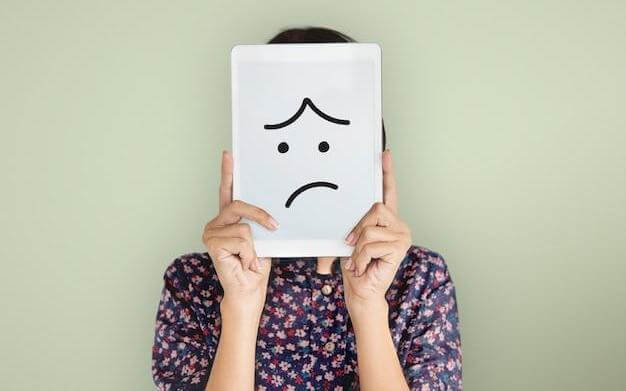
Xenoestrogens can have a range of chemical structures and compositions, but they all share the common characteristic of binding to estrogen receptors in the body, leading to hormone disruption and negative health effects.
Xenoestrogens are typically synthetic or lab made compounds that imitate estrogen in the body. They can be found in a variety of sources, including:
- Pesticides
- Plastics
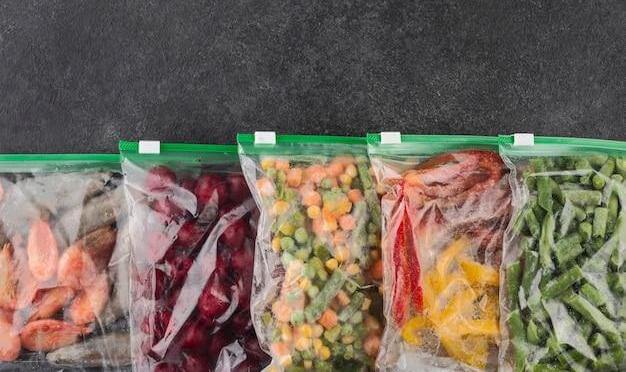
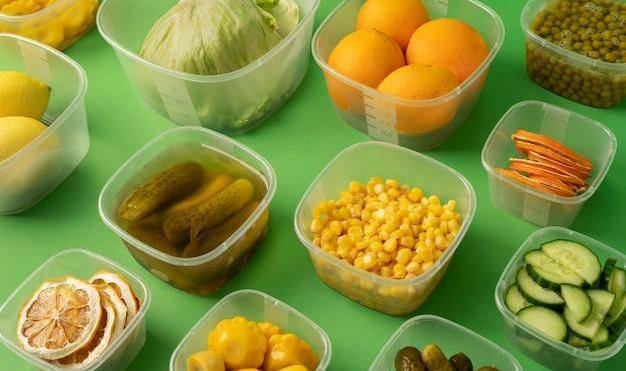
- personal care products
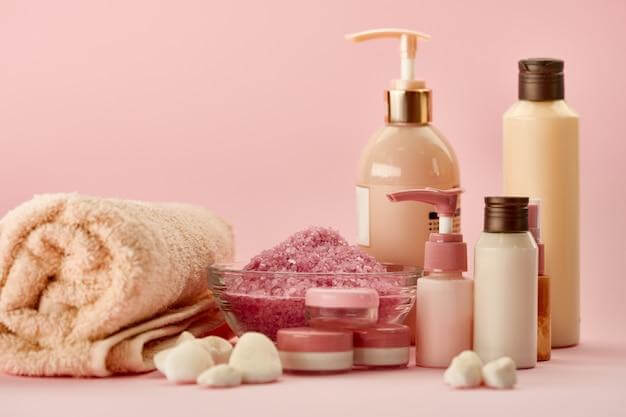
- food and water supplies.
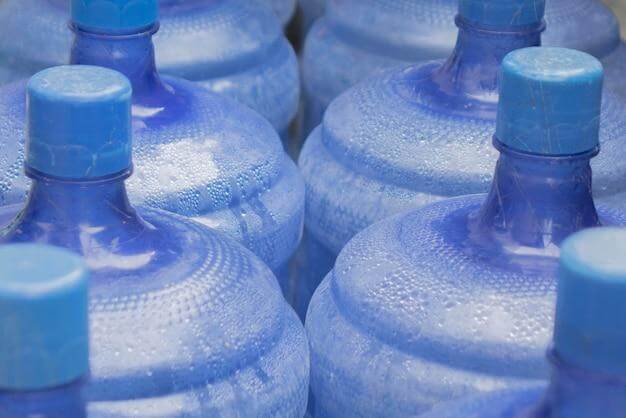
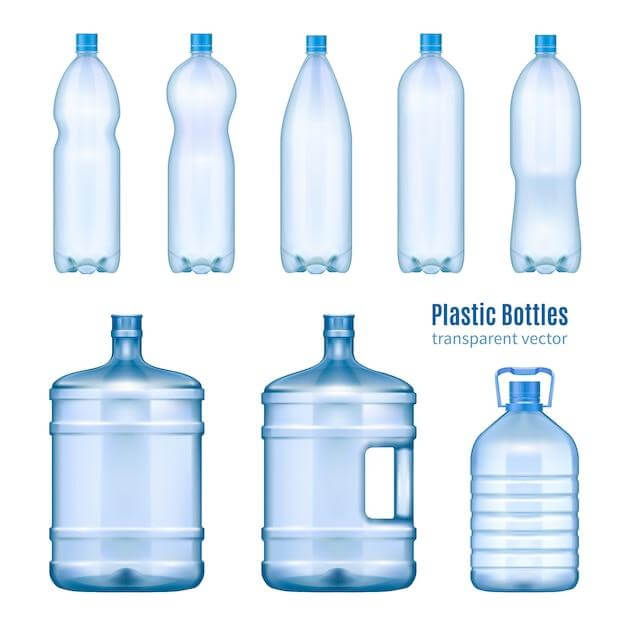
While they may have a similar chemical structure to natural estrogen, they are not identical to it and can therefore disrupt the body’s natural hormone balance causing all sorts of health ailments and chronic disease.
Here are 5 reasons why xenoestrogens are problematic
- Disrupts natural hormone balance
Xenoestrogens can throw off the delicate balance of hormones in our bodies, leading to a host of negative side effects. Studies have shown that they can block the action of natural estrogen, leading to estrogen dominance and further exacerbating the problem.
- Negative side effects
Xenoestrogens have been linked to a range of negative side effects, including reproductive issues, mood swings, weight gain, and more. They can also contribute to symptoms such as irregular periods, acne, fibroids, and endometriosis.
- Increased cancer risk
Xenoestrogens have been linked to an increased risk of breast and ovarian cancer. This is because they can mimic the effects of estrogen in the body, leading to uncontrolled cell growth and the development of cancerous tumors.
- Found in common products
Xenoestrogens are found in a variety of common products, including plastics, pesticides, cosmetics, and more. This means that we are exposed to them on a daily basis, and it can be difficult to avoid them completely.
- Can accumulate in the body
Xenoestrogens can accumulate in the body over time, leading to long-term exposure and potentially more severe health problems. It’s important to take steps to reduce your exposure to xenoestrogens in order to protect your health. Detoxing with zeolites and activated charcoal can help tremendously.
List of exposure sources for xenoestrogens to avoid, some very surprising!
Studies have shown that reducing exposure to xenoestrogens can have a positive impact on overall health and well-being. By taking steps to avoid products containing these harmful chemicals, you can help protect your body from the negative effects of xenoestrogen toxicity.
Some people are much more sensitive than others, so it is best to see your doctor and get your hormones tested.
This list of xenoestrogen sources which is not a complete list, was compiled thanks to the help of the Women’s Therapeutic Institute.
Xenoestrogen rich sources
- Alfalfa sprouts
- Anti-ulcer drugs like Tagamet
- Argan oil
- Arrowroot
- Avocado
- Black African soap
- Caffeine
- Calendula
- CBD oil
- Chamomile
- Chamomile tea
- Chocolate
- Cinnamon
- Clover
- Cocoa
- Cocoa butter
- Coffee
- Decaf coffee
- Damiana
- Flax
- Flax oil
- Synthetic fragrances
- Hemp oil
- Hops (beer)
- Commercial laundry detergents
- Lavender oil
- Lemon grass
- Lubricant (on condoms)
- Marijuana
- Melaleuca
- Optical brighteners
- Oregano
- Parabens (ingredients that start or end with methyl, propyl or butyl
- Parfum
- Phenoxyethanol
- Heated plastic
- Pumpkin seed
- Red clover
- Rosemary
- Shea butter
- Spermicide
- Stevia
- Sunflower oil
- Sunscreens
- Tree tree oil
- Witch hazel
3 steps you can take to reduce your exposure to xenoestrogens
- Eat organic produce
Focus on eating organic fruits and vegetables, which are grown without the use of harmful pesticides and other chemicals. This can reduce your overall exposure to xenoestrogens.

- Switch to natural personal care products that are not on the above list
Many personal care products contain synthetic fragrances, parabens, and other harmful chemicals that can contribute to xenoestrogen toxicity. Switching to natural alternatives can help reduce your exposure.
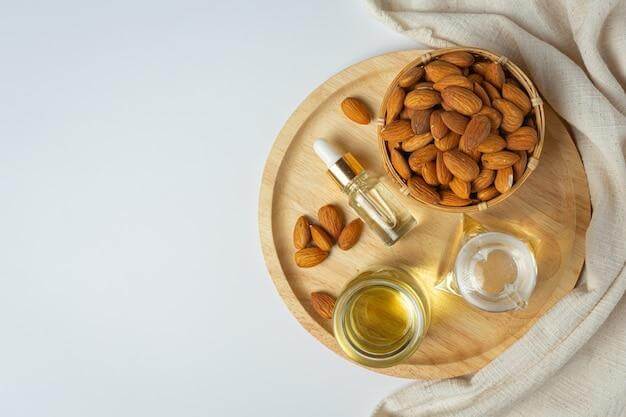
- Avoid plastics and other chemicals
Plastics are a common source of xenoestrogens, so it’s important to avoid them whenever possible. Opt for glass or stainless steel containers instead, and be mindful of other sources of plastic exposure in your daily life.
- Grounding
Grounding, also known as earthing, involves walking barefoot on the earth or using grounding mats indoors to connect with the earth’s natural energy. Research has shown that grounding can help reduce inflammation in the body and may help detoxify harmful substances, including xenoestrogens.

- Sweating
Sweating is a natural way for our bodies to eliminate toxins, including xenoestrogens. Engage in regular exercise or use a sauna to increase your sweat production and help flush these harmful substances out of your body.

Remember, knowledge is power when it comes to xenoestrogens. By taking these steps to reduce your exposure, you can help support your body’s natural hormone balance and protect your overall health and well-being.
Sources and additional reading on xenoestrogens
The Woman’s Therapeutic Institute – This organization provides resources and education on women’s health, including information on xenoestrogens and their impact on hormonal balance. Visit their website at www.clearwoman.com
- ClearWoman – ClearWoman offers natural supplements for menstrual cycle support, as well as resources on women’s health and wellness topics. Their website includes information on xenoestrogens and how to reduce your exposure. Visit them at www.clearwoman.com.
- Women’s Health Network – Women’s Health Network provides educational resources and natural health products for women. They offer information on xenoestrogens and other hormonal disruptors, as well as tips for reducing exposure. Visit their website at www.womenshealthnetwork.com.
- Environmental Working Group – The Environmental Working Group is a nonprofit organization that focuses on environmental health and safety. Their website includes extensive information on xenoestrogens and other harmful chemicals, as well as tools for reducing exposure in your daily life. Visit them at www.ewg.org.
- The Detox Market – The Detox Market offers natural beauty and personal care products, as well as resources for healthy living. Their website includes information on xenoestrogens and how to avoid them in your personal care routine. Visit them at www.thedetoxmarket.com.
- Hormones Matter – Hormones Matter is a website dedicated to providing information and resources on hormonal health and wellness. They offer articles on xenoestrogens and other hormonal disruptors, as well as tips for maintaining hormonal balance. Visit them at www.hormonesmatter.com.
Additional reading
- “The Hormone Reset Diet” by Dr. Sara Gottfried
- “The Endocrine Society’s Second Scientific Statement on Endocrine-Disrupting Chemicals” by the Endocrine Society
- “Estrogen Dominance” by Dr. John R. Lee and Virginia Hopkins
- “The Xenoestrogen Diet: How to Avoid Foods That Trigger Hormonal Havoc” by Dr. Lindsey Berkson
- “Toxic Beauty: How Cosmetics and Personal-Care Products Endanger Your Health… And What You Can Do About It” by Samuel S. Epstein and Randall Fitzgerald.
